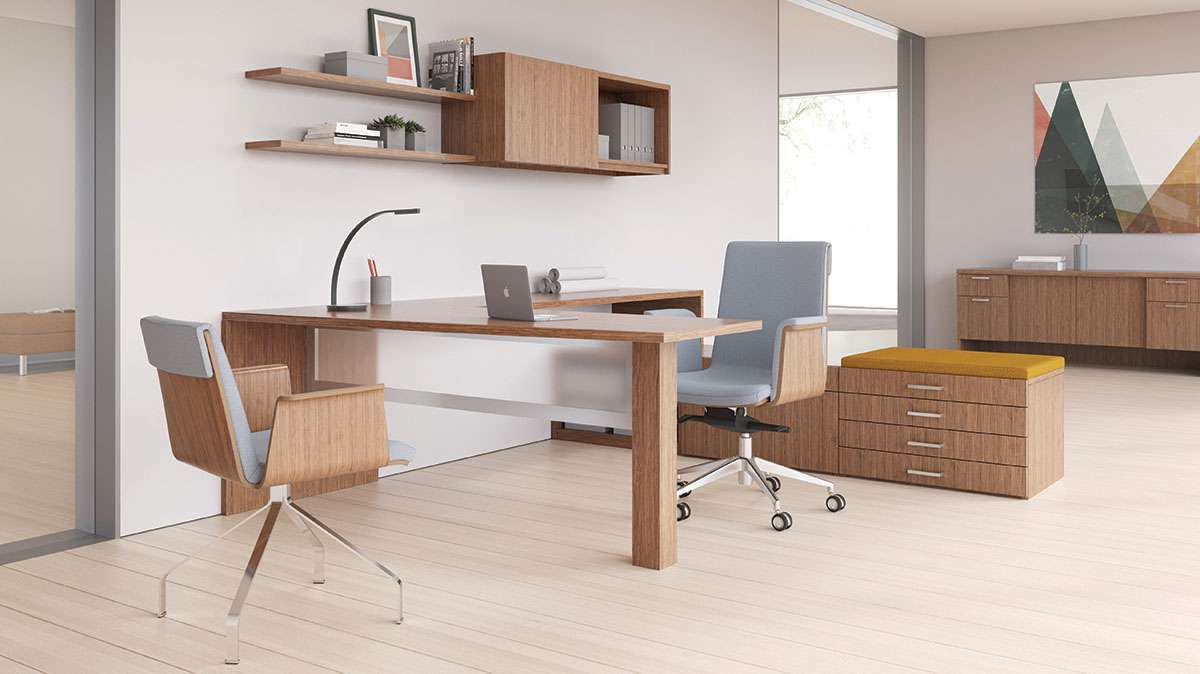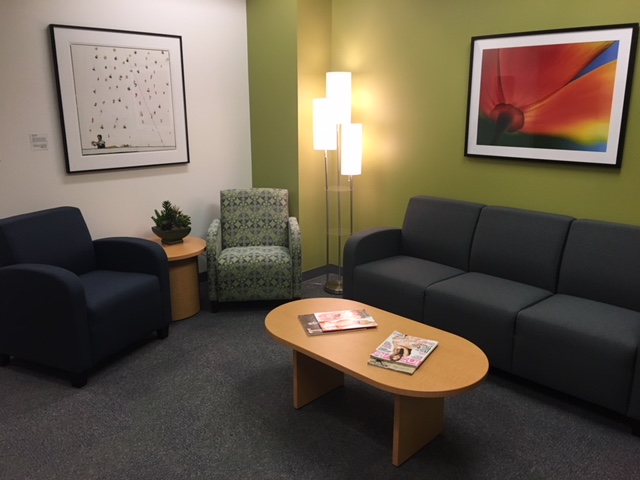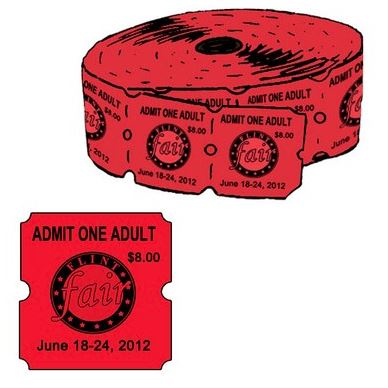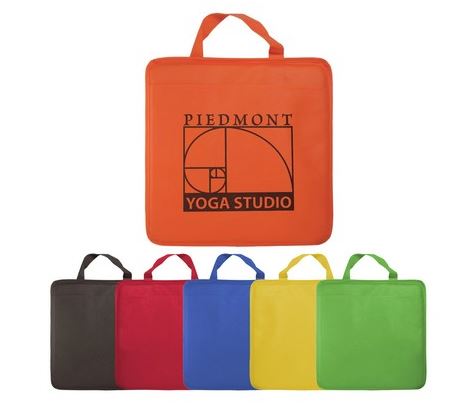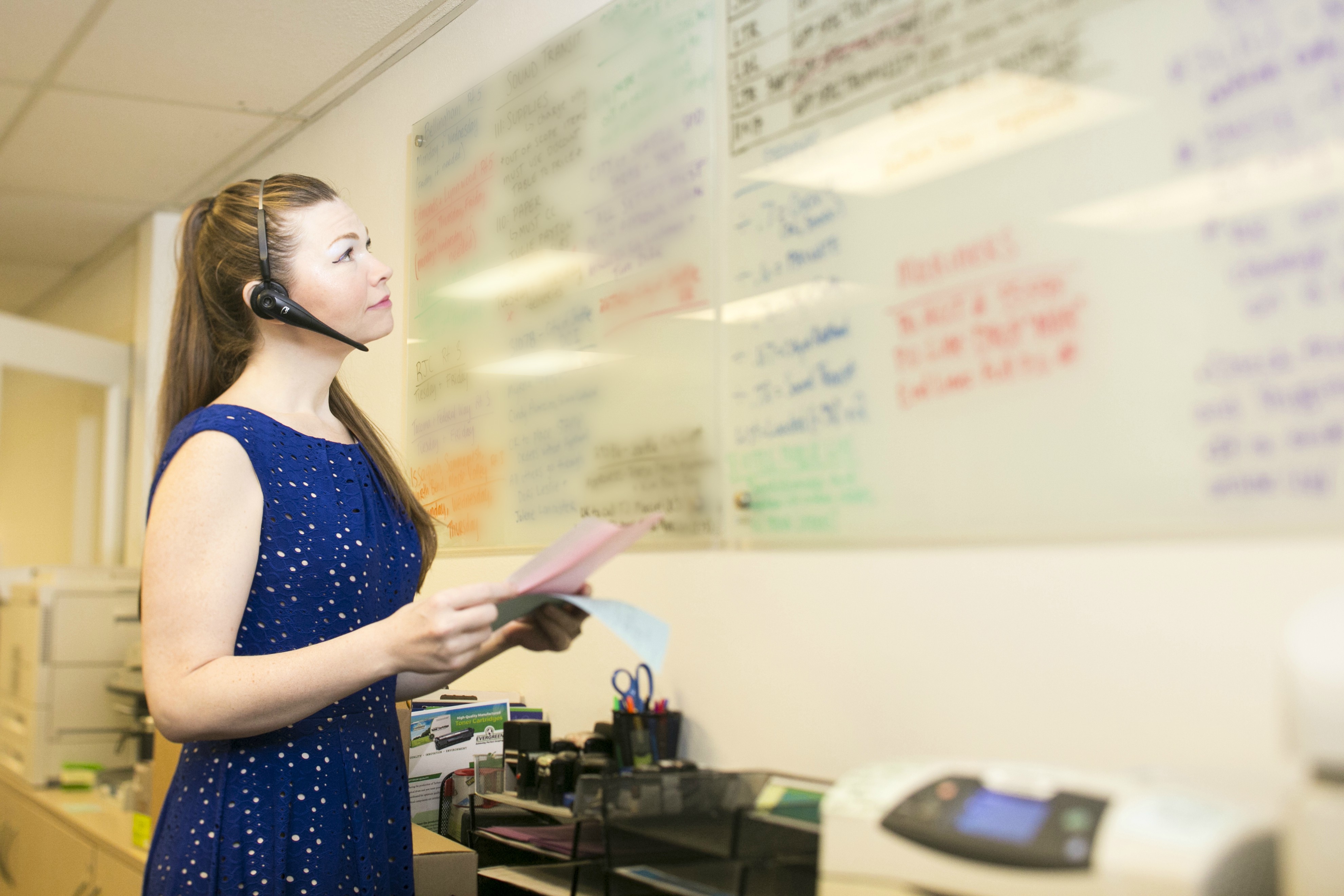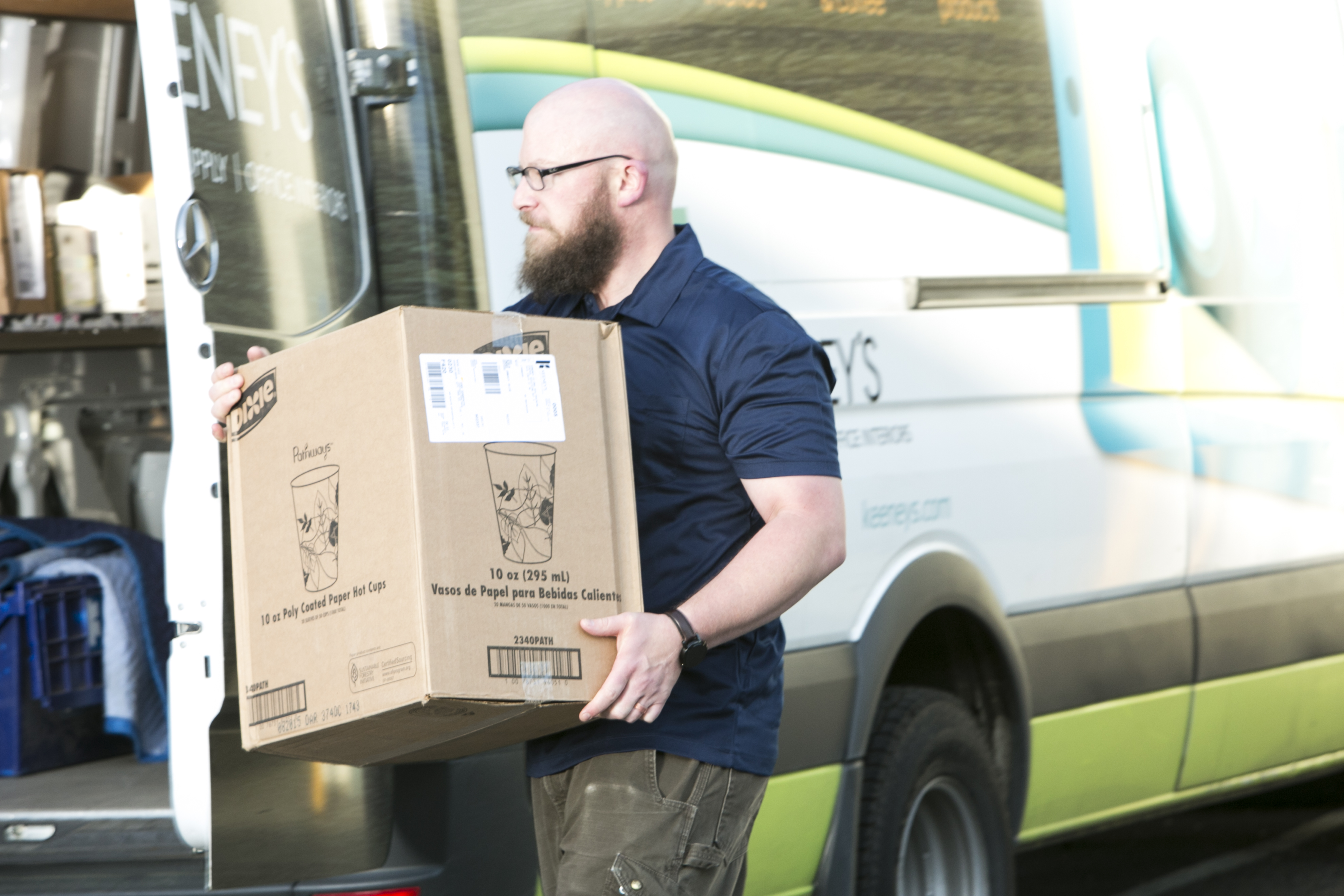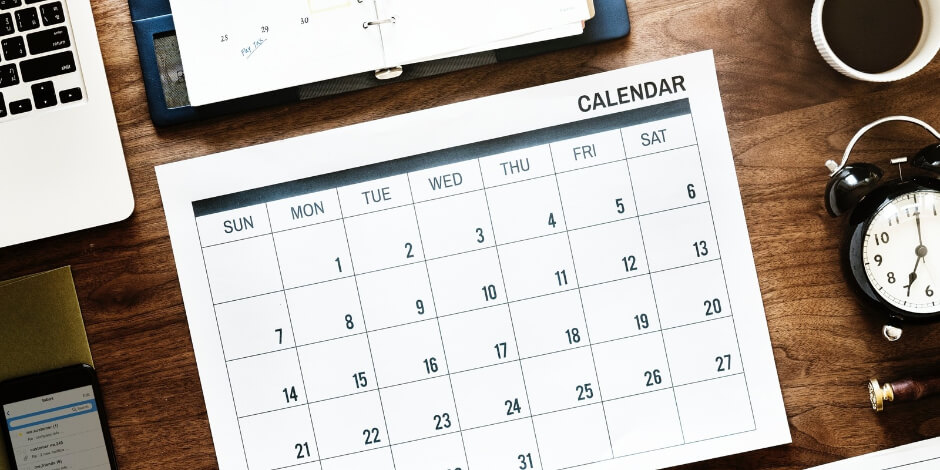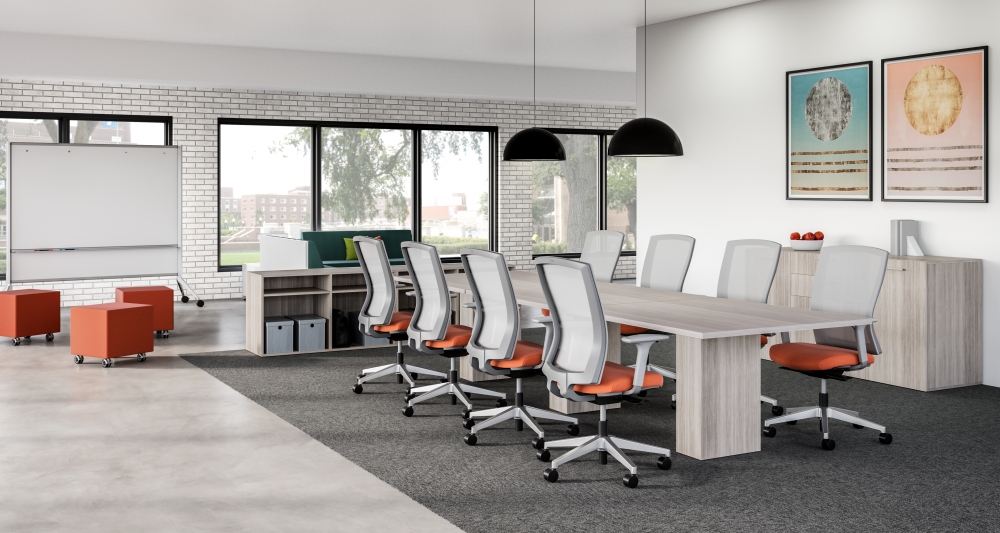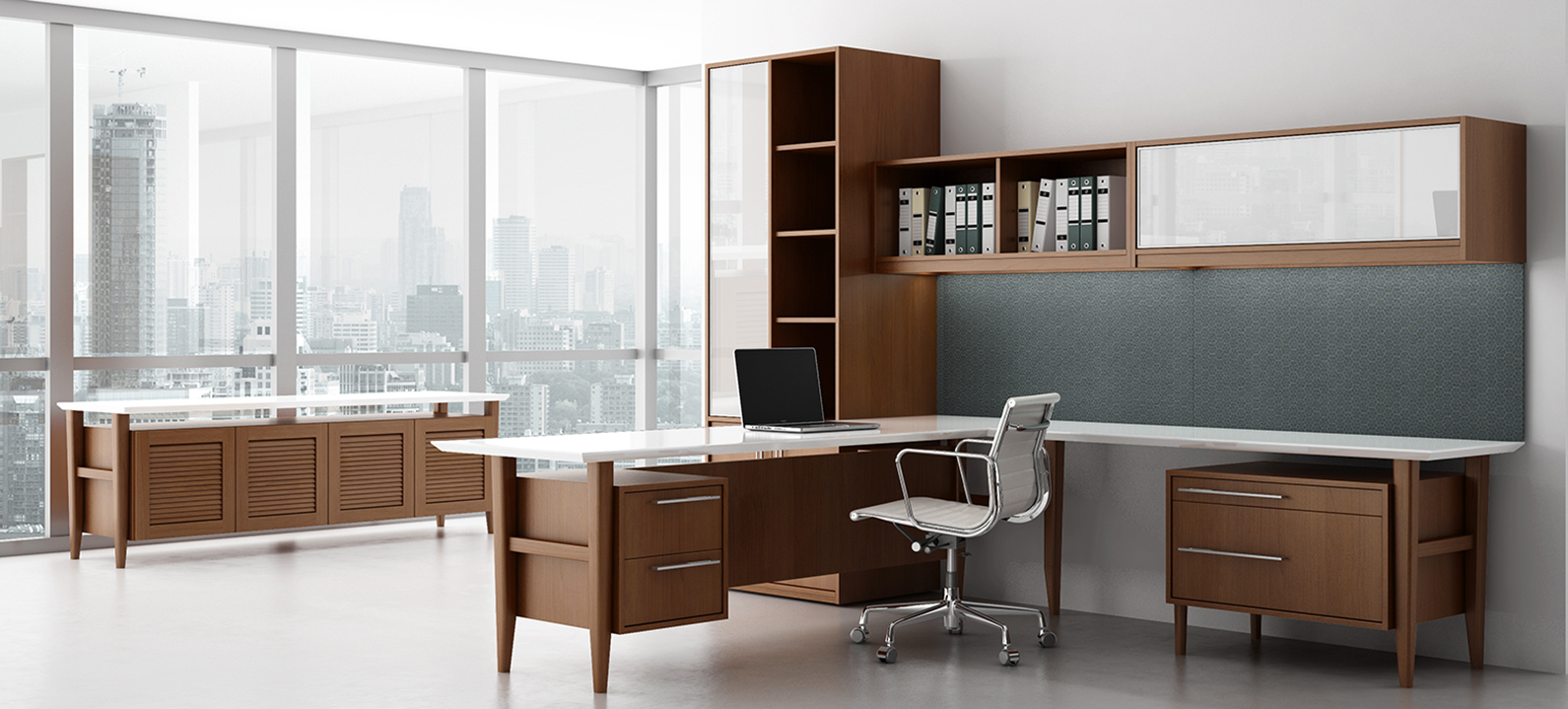
A neat and clutter free office can improve the overall mood and feel of a space. Having an organized office can also make important documents easy to find, protect valuable data and eliminate multiple purchases of the same supplies. Decluttering not only affects employees but clients as well. Make a good impression on visitors and work efficiently with these decluttering tips.
Organize your Drawers
Drawers are often a place for hiding unused items. Start by getting rid of anything you don’t need. Next, use drawer dividers to organize the supplies you want to keep and labeled folders for documents you need to reference.
Evaluate What’s Important
Make a list of what you use and what you don’t. There is no point in holding onto unused items so recycle old documents, well-used folders and dated catalogs.
Invest in Storage Solutions
Whether you need some new folders, a bigger file cabinet or a mobile pedestal to increase your drawer space, evaluate what products will help to keep you organized day-to-day.
Implement a Cleaning Schedule
After all the effort you’ve put into organizing your work space, you will want to keep your desk looking clean. Beyond the initial purge, decluttering needs to become part of your weekly schedule. One suggestion is to spend the last 15 minutes of each Friday clearing off your desk so you start again fresh on Monday.
By putting in the effort to get yourself organized and setting aside a little time each week to stay decluttered, your work space will be more enjoyable and efficient. Contact the Keeney’s team today for recommendations on organizing products and storage solutions.

